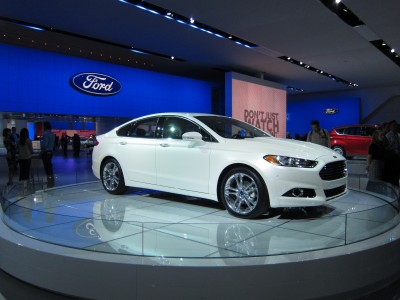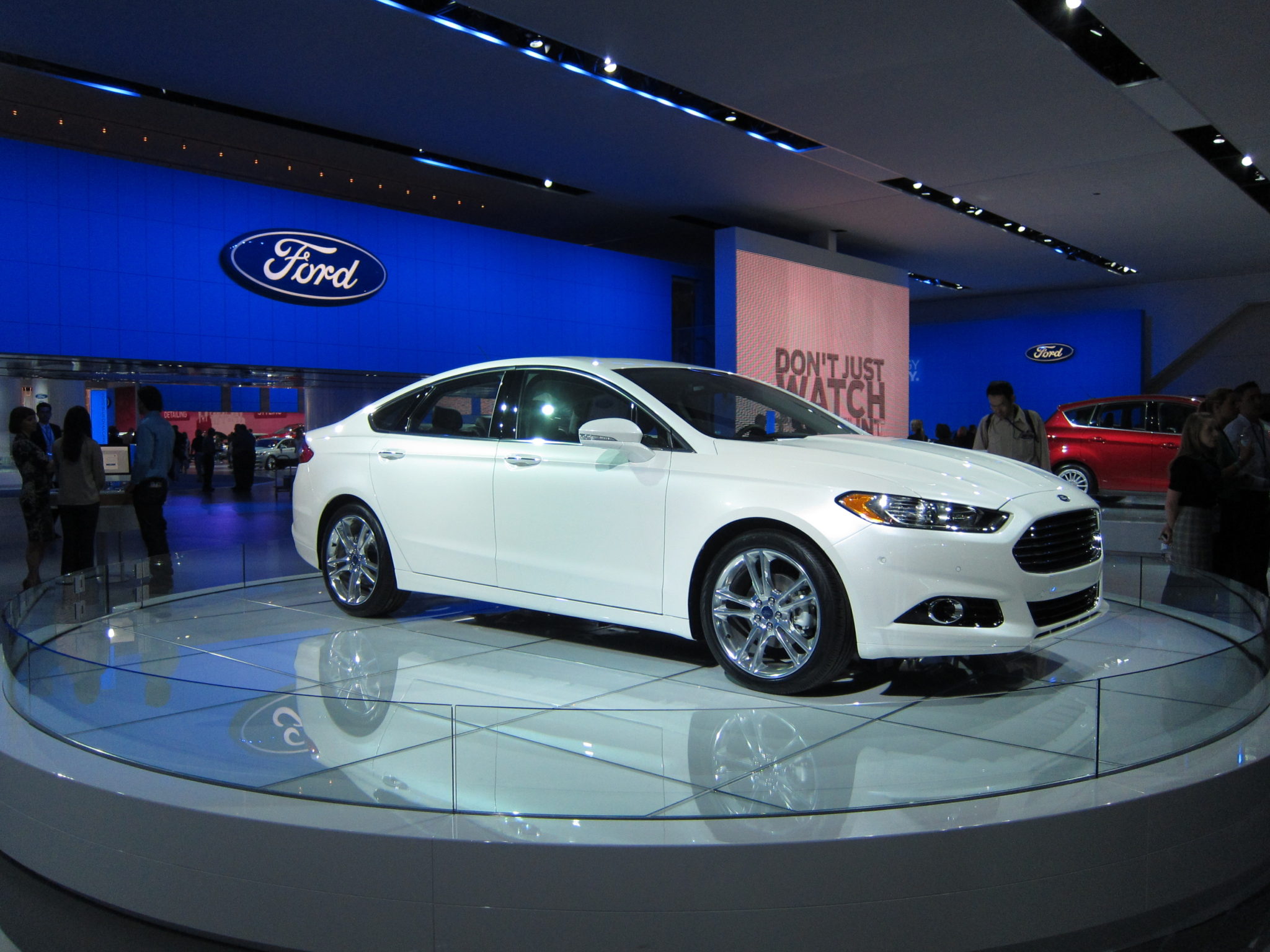
Walking the floor of the North American Auto Show in Detroit, it’s easy to become overwhelmed. Staff from each company rattle off details about their newest rides and how they differ from the competition. With all that minutiae running around in your head, you could begin to think that each automaker works in a vacuum.
But take some time to relax and view things from a distance, and you’ll see trends emerge. Here are the six most common themes I saw running through this year’s auto show.
• Electric cars & hybrids
The auto industry has come a long way since the Honda Insight, Toyota Prius, and Toyota RAV4 EV launched over a decade ago. Most of the world’s other automakers laughed at those vehicles, but now, nearly every major brand has at least one hybrid on the lots and an electric car waiting in the wings.
The success of hybrids (and to a lesser degree, electric cars) is due to several reasons. Some consumers are drawn to these vehicles because they reduce U.S. dependence on foreign oil. Others like the environmental benefits hybrids and EVs provide. But as gas prices continue to rise, one thing’s for sure: customers will drift toward electrics and hybrids because of the savings they offer at the pump.
Nearly all automakers agree that hybrid technology is a stopgap solution and that electricity is where things are headed. However, there’s heated debate as to whether future electric vehicles will run on plug-in powered batteries, hydrogen fuel cells, or something else.
• Smaller, more efficient engines
Some eco-enthusiasts want the world to change overnight to hybrid and electric technology, but that’s neither feasible nor possible — not here, and certainly not in the developing world. Combustion engines will be with us for a good while longer, but to improve the performance of those engines, companies are making them more efficient. As a result, thirsty V8s are becoming a rare breed, replaced by slim, turbocharged, four-cylinder models.
For proof, look no further than the 2013 Cadillac ATS that debuted in Detroit. This new compact sedan comes with three engine options: a turbocharged 2.0-liter four-cylinder, a 2.5-liter direct-injection four-cylinder, and a 3.6-liter direct-injection V6. Surprisingly for a luxury car, there’s no V8 to be seen, and GM is betting that the turbocharged four-cylinder will be the model’s best seller.
• Smaller cars
To make hybrid, electric, and small combustion systems feasible, automakers are scaling back on vehicle size. But that doesn’t represent a sacrifice in safety — in fact, the pint-sized 2012 Honda Fit is one of the IIHS’s Top Safety Picks. It simply means that these new powertrains can be more productive, since they’ve got less weight to move around. The fact that more Americans are living in congested urban areas also contributes to the shrinking U.S. vehicle.
• Smartphone integration
At the moment, some automakers are trying to push proprietary infotainment systems, with brand-specific apps and such, but it seems to me as if smartphones are the winning bet. Think about it: we deal with our phones all day long, and we carry them with us wherever we go. In the near future, it looks like those devices will be the means by which drivers enjoy music, navigation, and other features. Down the line, as more data moves to the cloud, this may change, since we’ll be able to enjoy music, apps, etc. from anywhere just by logging in.
• Thinking globally
The world is shrinking, and competition between automakers is getting stiffer. To get ahead, car companies have to create vehicles that appeal to shoppers across continents and cultures — otherwise, automakers get mired in creating very specific cars for very specific markets, which is a losing game. The new Ford Fusion is a great example of this global outlook in action.
• LGBT-friendliness
I noticed two things when I spoke to company reps about the vehicles on display in Detroit: (1) they were familiar with Gaywheels, and (2) the LGBT factor was a non-issue for most of them. According to my colleagues, the situation was very different just five or six years ago, when some executives laughed in the faces of gay journalists.
However, there were exceptions. In one case, a company spokesperson was pretty brusque and condescending. (More about her later.) And there were two instances in which people asked, “Why do gay shoppers need their own car site?” My response was that LGBT consumers often feel intimidated in the very straight-male world of automobiles, and Gaywheels provides a comfortable space for them to get the information they need.
Furthermore, only three automakers have scored a 100% rating on the HRC’s Corporate Equality Index. Until that’s addressed, LGBT employees at most companies are subject to discrimination. LGBT consumers often choose to spend their money with equality-minded organizations, and it’s Gaywheels’ job to explain which companies those are.
Did I miss anything? Let me know if you spotted other trends, either from visiting the Detroit show yourself or from reading online coverage of the event.

I’ll be very curious to hear more under the heading of LGBT friendliness. Especially the negative reactions you mention.